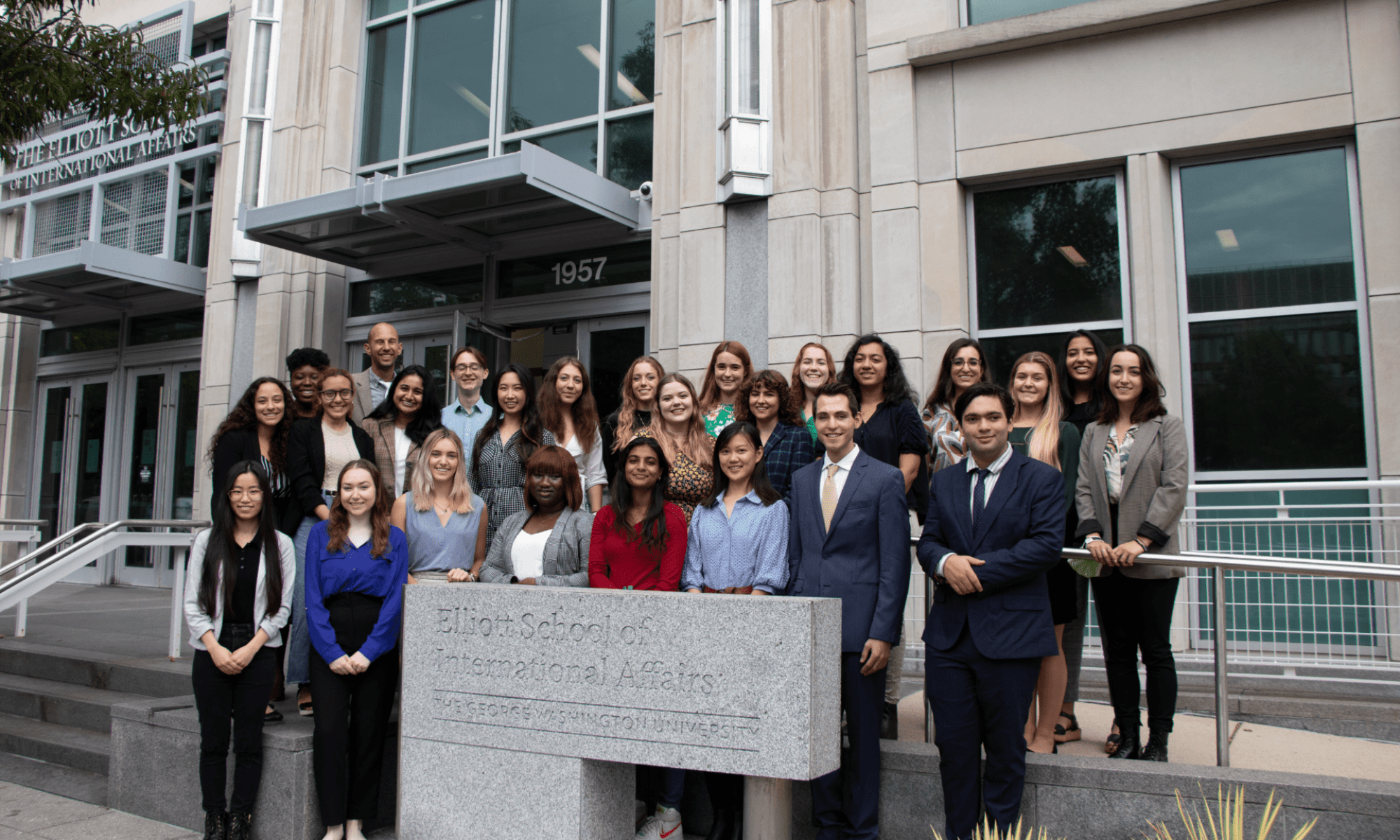Author: McKenna Burelle
Date Published: 12 July 2021
McKenna Burelle’s full paper can be found in the Spring 2021 Issue of the International Affairs Review (IAR) here.
ABSTRACT
The Pradhan Mantri Gram Sadak Yojana (PMGSY) is a project designed by the Indian government in 2000 to bridge the large infrastructural inequalities that exist between rural and urban regions of India. The project’s goals are to construct all-weather roads in rural habitations throughout the majority of India. In 2013, a phase two, PMGSY-II, was initiated to put more emphasis on intra-village road systems and improve access to important village institutions, such as health centers. This paper studies the impact of PMGSY on accessibility to health care facilities in rural India using a difference-in-differences framework.
Using data from the Women’s Questionnaire in the 2015-2016 Demographic and Health Surveys in India and district level information on roads from the PMGSY public database, I exploit the timing of PMGSY-II roads as a source of exogenous variation in access to health centers. To measure access to health facilities, I examine changes in health care utilization for births occurring from 2010 to 2016. I find that antenatal care and Tetanus vaccinations for mothers improved along with respondents’ ability to access vehicle transportation to health facilities in districts treated with PMGSY-II roads. However, while there has been some research conducted on road connectivity and its impacts, more research is needed to continue bolstering the growing body of literature on the effects of rural road development.


